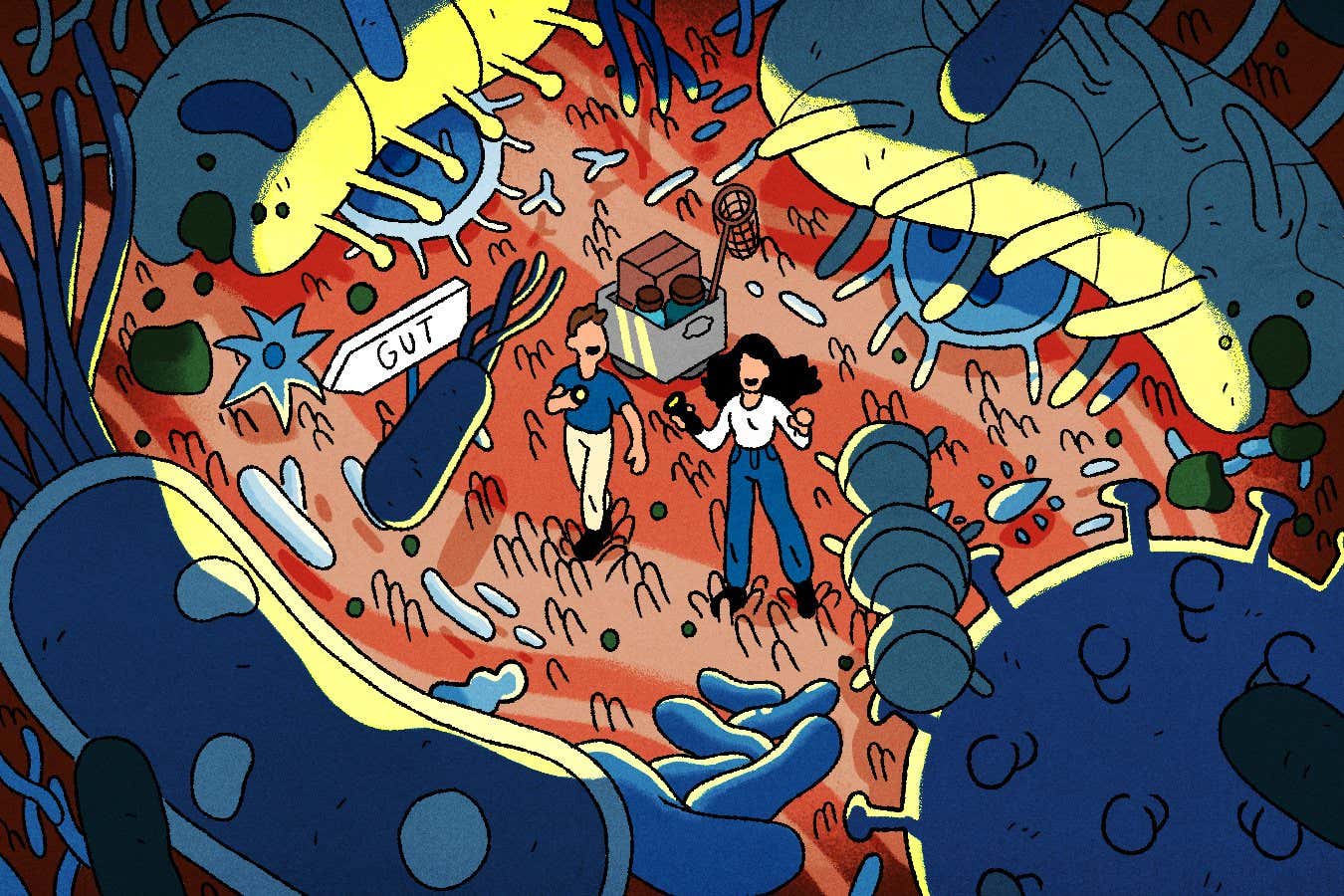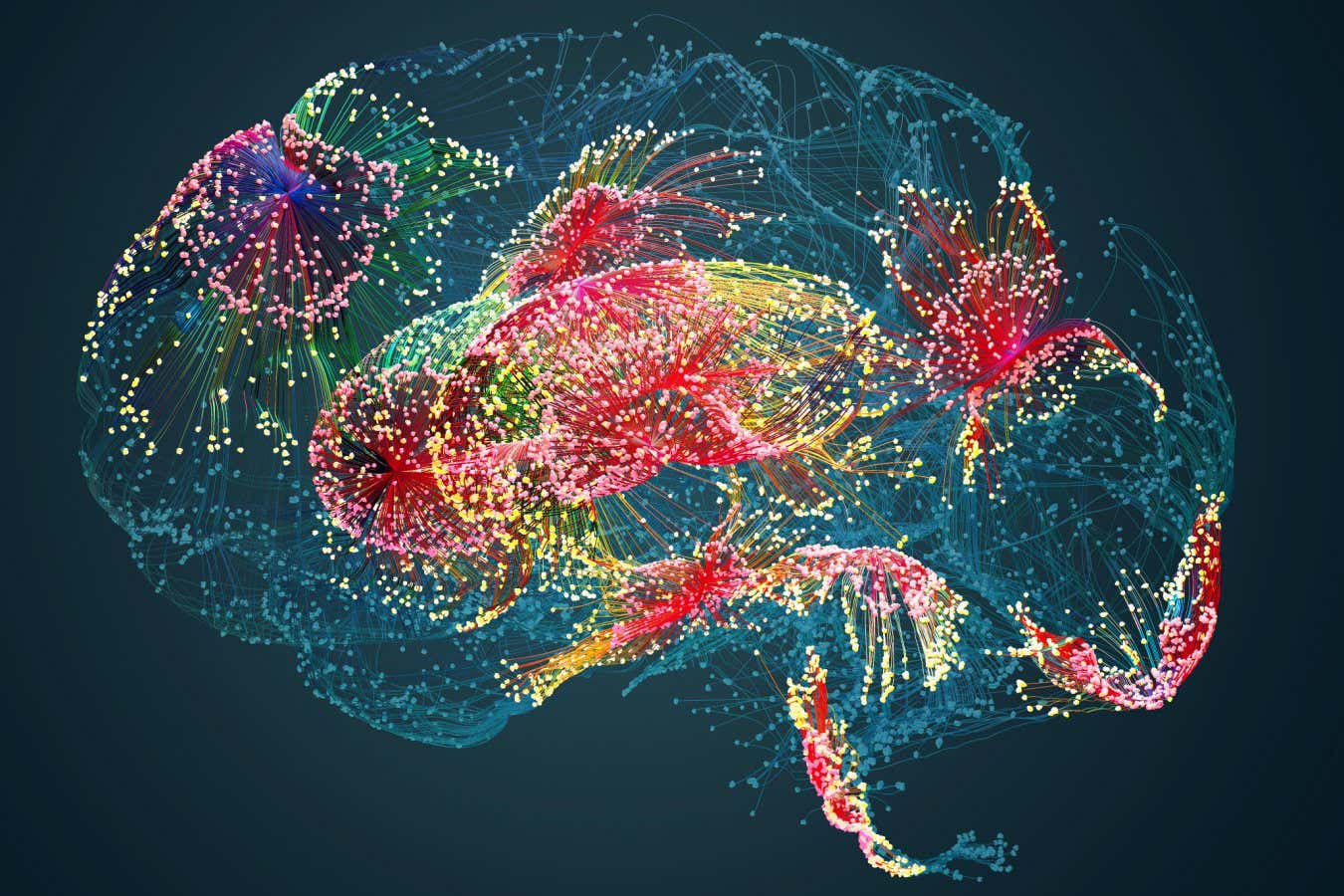Now Reading: How the Small Intestine Shapes Your Health
1
-
01
How the Small Intestine Shapes Your Health
How the Small Intestine Shapes Your Health

Quick Summary
- Teh gastrointestinal (GI) tract processes food, extracts nutrients, and eliminates waste. Recent studies reveal the small intestine’s broader role in metabolism and health beyond digestion.
- the small intestine consists of three sections: the duodenum (digestion via enzymes/bile), jejunum (nutrient absorption), and ileum (vitamins/bile acid reabsorption).
- Historically difficult to study due to its location, swallowable probes developed in 2023 allow researchers access to its microbiome.
- Research shows a highly variable microbiome along the length of the small intestine that significantly differs from that of the colon. Microbial dynamics vary over a daily cycle influenced by chyme retention overnight.
- Key findings include microbial fermentation digesting fiber in the small intestine, glucose flux supporting microbial growth for SCFA production, and appetite-suppressing hormone secretion regulated by food presence.
- Innovations such as mucosal resurfacing are showcasing potential metabolic benefits for Type 2 diabetes patients by targeting gut walls and bypass methods.
!254883160.jpg”>Beans containing fiber once believed to pass chemically intact through intestines
Credit: Shutterstock/piyaset
!campaign=RSS%7CNSNS&utmsource=NSNS&utmmedium=RSS&utm_content=home”>Read more
Stay Informed With the Latest & Most Important News
Previous Post
Next Post
Loading Next Post...























